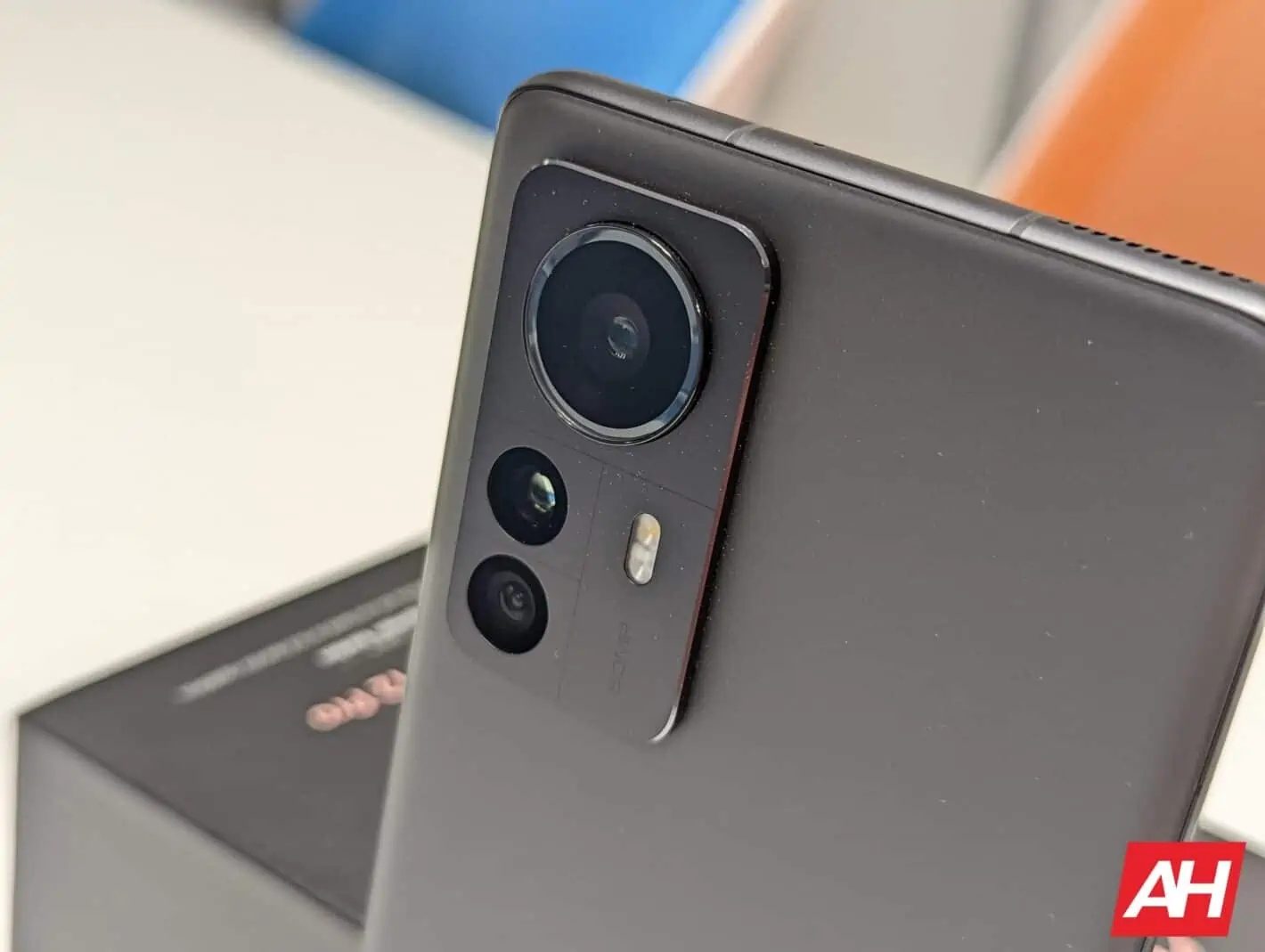Android 15 may default to Ultra HDR video recording. Google recently published a document that indicates certain smartphones running Android 15 would have to prioritize this format.
Smartphones with Android 15 may shoot in Ultra HDR by default
Android 14 update was quite significant. Among several other useful features and functions, this update brought with it Ultra HDR support.
The Ultra HDR format accumulates a lot of HDR metadata and embeds it into images. This allows devices with HDR screens to display the HDR version of the picture. Devices without HDR screens would show the SDR version of the images.
#Android14 introduces… Ultra HDR! By bringing Ultra HDR support to images, you can capture, view, edit, and share your photos in HDR quality on supported devices. What photos do you want to see be more realistically brighter and vibrant? pic.twitter.com/BKKdOds4On
— Android (@Android) October 4, 2023
Smartphones with HDR displays aren’t common. Moreover, not many smartphones can capture photos in Ultra HDR. However, Google is reportedly planning to ensure smartphones prioritize Ultra HDR recording.
The Android 15 update may reach some Google Pixel phones as early as next month. Google has published the latest iteration of the Android Compatibility Definition Document (CDD) for Android 15.
The CDD essentially outlines some hardware and software prerequisites. Devices that wish to prove they are “compatible with Android” must meet these requirements.
Android 15’s high-end phones in performance class 15 will default to Ultra HDR for front and rear cameras, boosting HDR adoption. #Android15 #Pixel9ProXL #GalaxyS24Ultra pic.twitter.com/sxF1rXm7lF
— choqao (@choqao) September 10, 2024
The Android 15 CDD has a few new conditions. As discovered by Android Authority, the following two requirements pertain to the imaging hardware: [7.5/H-1-18] MUST support JPEG_R for the primary rear and primary front cameras, and [7.5/H-1-20] MUST by default output JPEG_R for the primary rear and primary front cameras in the native camera app.
The actual name of the Ultra HDR image format is “JPEG_R”. The “R” in the name refers to the Recovery map or the HDR metadata.
Will all Android 15 smartphones switch to Ultra HDR by default?
Google’s Android OS runs on billions of smartphones and other smart devices. However, several of these devices won’t ever update to Android 15.
Chrome/Edge で `max_display_boost` の値を知る方法ってあるのかしら?
Ultra HDR Image Format v1.0 | Android media | Android Developers https://t.co/KbosJZlJDx pic.twitter.com/3dyY24Ok1I
— toru (@toru_ver15) August 15, 2024
Moreover, starting with the Android 12 update, Google introduced a new “Performance Class” category inside the CDD. It lets app developers know if a device is capable of certain high-performance tasks. Needless to mention, not many devices support HDR video codecs, hardware-accelerated AV1 decoding, and similar other features that can be considered high-performance.
As per the latest CDD, defaulting to Ultra HDR recording is limited to Performance Class 15. Simply put, mere eligibility to run Android 15 isn’t enough. Smartphones would need to belong to this elite class. If they don’t, then the Android 15 OS won’t switch to Ultra HDR by default.

